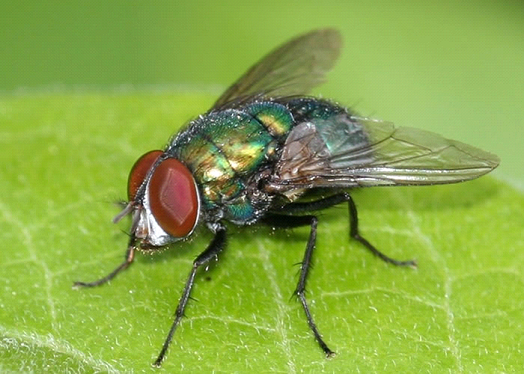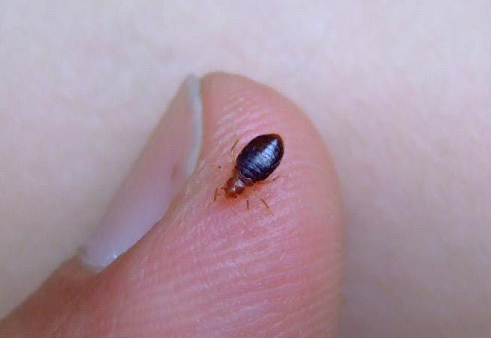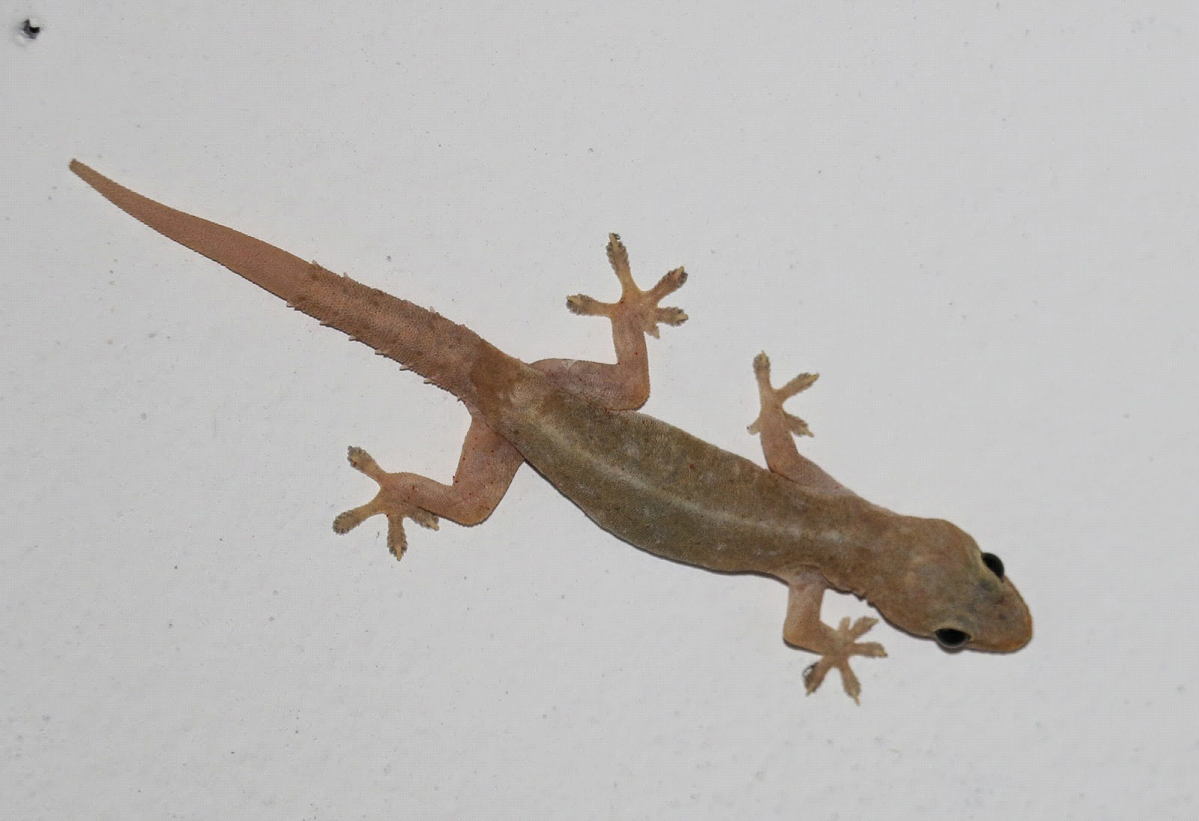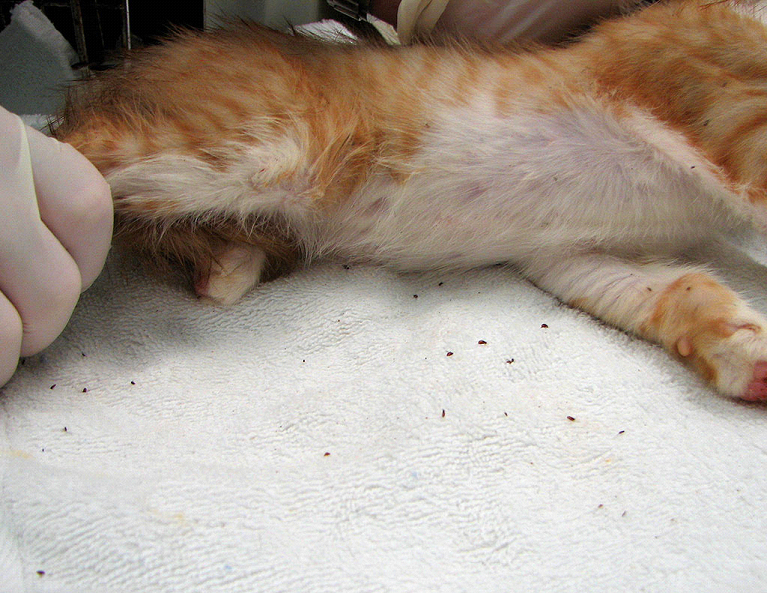
Get Rid of These Pests For Good
A pest is any living organism which is invasive or prolific, detrimental, troublesome, noxious, destructive, a nuisance to either plants or animals, human or human concerns, livestock, human structures, wild ecosystems etc. It is a loosely defined term, often overlapping with the related terms vermin, weed, plant and animal parasites and pathogens. It is possible for an organism to be a pest in one setting but beneficial, domesticated or acceptable in another (Wikipedia).
Some of the common pests that we see in our houses that can be harmful and interfere in our day-to-day lives are cockroaches, wall lizard, bats, fleas, houseflies, spiders, bed bugs, silver fish and mosquitoes.
Here are few pests that we really need to get rid off in and around the house.
COCKROACHES:
Cockroaches can wreak havoc on your home. Cockroaches can enter your home in many different ways, from the outside through cracks and crevices, vents, sewer and drain pipes. We even bring them in on products like grocery bags, boxes, purses and empty old boxes, sinks, between wooden cracks and especially in kitchen. With plenty of food, warmth, water and nesting sites, they can remain active all year round. They reproduce very quick. For every one you see there can be many, many more hiding and multiplying behind your walls. Because cockroaches typically are nocturnal, if you have seen one, you probably have not seen them all. The few cockroaches you see by day could mean they were likely forced out by overcrowding; a possible sign of severe infestation.
What effect they can have? Apart from carrying bacteria that can cause food poisoning, recent studies had shown that they are 2nd important allergy source. The debris created by cast-off cockroach skins, dead bodies and droppings can aggravate allergies and asthma especially in children and sensitive individuals.
How to control? Cockroaches are better at hiding than you are at finding them, and their eggs are naturally protected from many over-the-counter insecticides. Boric acid is one of the most effective cockroach control agents ever developed provided that it is used correctly. It is better to contact pest control department to get rid of this pest.
HOUSE FLIES:
They are everywhere except the polar ice caps! One pair of flies can produce more than 1 million offspring through their offspring’s’ offspring in a matter of weeks. More than 100 pathogens are associated with the house fly, including Salmonella, Staphylococcus, E. coli and Shigella. These pathogens can cause disease in humans and animals, including typhoid fever, cholera, bacillary dysentery and hepatitis.
- Flies spread diseases readily because they move quickly from rotting, disease-laden garbage to exposed human foods and utensils. Because they only have two wings, flies land often and therefore can deposit thousands of bacteria each time they land. when flies feed on waste, they collect pathogens on their legs and mouths. These pathogens are then transferred to food on tables or counters when a fly lands again. Flies regurgitate on solid food then they eat the liquid. They are capable of transmitting disease when they vomit, groom themselves or just walk on surfaces.
- The best way to repel flies is through simple, preventive measures. Flies prefer warm temperatures and are most active from late spring to early autumn. In order to best repel flies during this time, limit access to your home as much as possible, keeping doors and windows closed. You may also choose to screen windows, doors and vents. Keep garbage cans clean and securely closed. Keeping surfaces clean will make your home less appealing to flies. For best results, contact a pest control professional to discuss extermination options.
BED BUGS
Bed bugs are found in cracks and crevices, including mattress seams, sheets, furniture, behind baseboards, electrical outlet plates and picture frames. Often found in hotels, where they can travel from room to room and in visitors’ luggage or other personal belongings such as purses and briefcases.
- How to find them? Adult bed bugs are about the shape and size of an apple seed. As the juvenile bugs grow, they shed their skins, discovery of which can indicate their presence. After feeding, bed bugs return to their harborage to hide where they defecate black to brown stains on porous surfaces or black to brown mounds on nonporous surfaces. Bites also may indicate bed bug activity, but further signs will need to be found, since other sources can cause red welts on the skin.
- How to control? Remove all clutter from your home, which makes finding bed bugs easier. Wash and dry your bed linens on the hottest temperature permitted. Closely inspect any second-hand furniture before bringing it in your home. Inspect your home after moving, trips, service calls or overnight guests. When traveling, think of the acronym S.L.E.E.P. to remember the following action steps to help avoid bringing bed bugs home with you. Survey surfaces for signs of an infestation, such as tiny rust-colored spots on bed sheets, mattress tags and seams, and bed skirts. Lift and look for all bed bug hiding spots, including underneath the mattress, bed frame, headboard and furniture. Typically, they come out at night to feed, but during the day they are most likely found within a 1.5 meter radius of the bed. Elevate your luggage on a luggage rack away from the bed and wall, since bed bugs can often hide behind headboards, artwork, picture frames and electrical outlet panels. Examine your luggage carefully while repacking and when you return home. Always keep luggage off the bed and store it in a closet or other area, far away from your bedroom.
FRUIT FLIES
The two most visible signs of fruit fly activity would be the adult flies and the pupae. Adult flies often are seen flying around in kitchens or trash cans near the decaying fruit or vegetables. They also are attracted to liquor and liquor/beer bottles. The mature larvae of fruit flies crawl out of the breeding material to pupate in a dry nearby spot. There are over several known fruit fly species across the globe. Like other fly species, fruit flies experience a four-stage life cycle: beginning as eggs, they undergo larval and pupal stages before emerging as adults. The early life stages span approximately a few days and fruit flies can complete their development in as little as week in ideal temperature conditions. Adult fruit flies can live up to 30 days!
The common fruit fly (Drosophila melanogaster) is known for its ability to reproduce rapidly. The common fruit fly is a useful specimen in scientific research. The rapid life cycle allows researchers to study the effects of an experiment over a number of generations.
How to get rid of fruit flies? It is extremely difficult to rid a home of the common fruit fly. As their name suggests, they are commonly found infesting fruit. However, fruit flies are also capable of breeding in decaying meat, trash bins and large spills of soda or alcohol. Any fruit brought home following that should be stored in the refrigerator if appropriate. Regularly wipe counters, clean spills and empty your trash cans to help prevent fruit fly infestations. Do not keep cut banana, apple or any other fruits open on the counter tops. Cover them. Discard garbage on regular basis. Dispose all damaged fruits.
After isolating the fly breeding ground, control methods may be utilized. Although eradication may require several treatments, the lack of food available to fly populations will eventually cause them to die out. Use insect sticky cards (traps) and stick them in kitchen!
MOSQUITOES
Mosquito adults are small, delicate, two-winged flies. At first you might mistake them for the widely distributed, non biting midges. However, female mosquitoes differ from similar insects because of their long, slender proboscis, a tubular feeding organ adapted for piercing skin and sucking blood. Mosquitoes are responsible for carrying viruses and are well known insect vectors.
How to reduce mosquitoes around house?
Reduce standing water to eliminate mosquito threats, in plant saucers and dog bowls. Other hot spots include tarps, gutters, and flat roofs.
Remove excess grass, leaves, firewood and clippings from yards. Turn over larger yard items that could hold water like children’s portable sandboxes or plastic toys. If tarps stretched over firewood piles, boats or sports equipment aren’t taut, they’re holding water. Despite taking all precautions in your own home, talking with neighbours is a key component to mosquito, and tick, control. Town homes and homes with little space between lots mean that mosquitoes can breed at a neighbour’s home, and affect your property. Utilize a mosquito elimination barrier treatment around the home and yard.
WALL LIZARD
The common house gecko. ven though most of us are well aware of how beneficial lizards are – they eat a staggering amount of nasty insects and spiders – the fear and disgust for these creatures has a big tendency to far outweigh any benefits taken from having these little wonders around our property. So, how to eradicate lizards and prevent them from ever appearing again? Many lizards can squish their scaly bodies pretty small. Inspect the outside of your house and look for any cracks and holes. Fill spaces with some calk, fix holes in screens and repair openings around doors. If you can’t stand the smell, place mothballs in the windows.
Make the house inhospitable to lizards Keeping house clean is the best solution. Remember, a messy house invites lizards providing both hiding places and food for them. Take care of garbage, unswept floors, piles of magazines and boxes. Turn the heat down as these nasty creatures like warmth. Inspect the outside of your house and look for any cracks and holes. Fill spaces with some calk, fix holes in screens and repair openings around doors. No food for the lizard – no lizard! There is a huge number of different pests outside that lizards eat. To eliminate lizards, eliminate their food. Remove standing water Buckets, empty pots and bowls that hold standing water are breeding grounds for insects that attract lizards.
FLEAS
If you have pets at home then you will sure know what are fleas. Fleas are small insects present in the hairs of dogs and cats. Fleas are wingless, but possess incredible jumping ability. This enables them to jump easily from ground level to “ambush” a pet. Fleas feed on blood, and female fleas consume about 15 times their body weight each day. Incompletely digested blood is excreted from the flea and dries to form what is commonly referred to as “flea dirt.” This serves as food for developing flea larvae and is one way veterinarians and pet owners can identify an infestation. Fleas can cause severe discomfort for pets, including scratching, chewing, biting and restlessness. Fleas are the source of flea allergy dermatitis (FAD), the most common veterinary dermatological condition. Severe flea infestations can cause anemia, especially in young or smaller pets or in debilitated adult pets. Ingested fleas also can transmit tapeworm infection to pets. Fleas can sit on human body and may bite causing rashes and also may responsible in transferring tapeworms to children, allergies, plague and typhus.
How to eliminate fleas? Keep your pets clean. Shampooing with gentle shampoo and giving regular bath is one good method to control fleas. In heavy infestations, use flea and tick shampoo on dogs. Cats need to be treated carefully and gently. Contact your veterinarian for more suggestions. You can not stop your children playing with their pets. Educate your children to wash their hands, body and wearing fresh clothing after playing with pets.
SPIDERS
People are afraid of spiders. In India spiders are another common household pest. Those crawling multi legs makes it more scary! Remove cobwebs from the house. Check in the corners, under house furniture and store rooms for cobwebs. If you have huts outside house for cows and other pets keep huts clean. Spiders thrive in dark, cluttered places, so keep stacks of debris, woodpiles and thick plant growth away from the sides of the house. The fewer places spiders can easily inhabit, the more effectively they can be repelled. Spider bites can cause rashes and allergy and severe pain.
Try these natural methods to get rid of spiders:
Peppermint oil: Place a few drops of peppermint essential oil into a spray bottle. Add a squirt of liquid detergent and fill the bottle with water. Spray the mixture on cobwebs, around doors and windows, around the lawn and garden and on any surfaces where spiders lurk.
Coconut oil and vinegar mixture: The combination of coconut oil and white vinegar also makes an effective spray for repelling spiders.
Citrus essential oils: Spiders does not like the taste of citrus which includes lemon, lime, tangerine, and wild orange. Although it will not kill them, it will make them avoid places where they can “taste” them.
References:
- http://pestkill.org/
- http://www.onegoodthingbyjillee.com/
- http://www2.ca.uky.edu/entomology/entfacts/ef614.asp
Image courtesy: Bed bug :http://www.moneypit.com/
Author: Sumana Rao | Posted on: October 6, 2015




























2 Comments on “Get Rid of These Pests For Good”
Thank you!
Write a comment